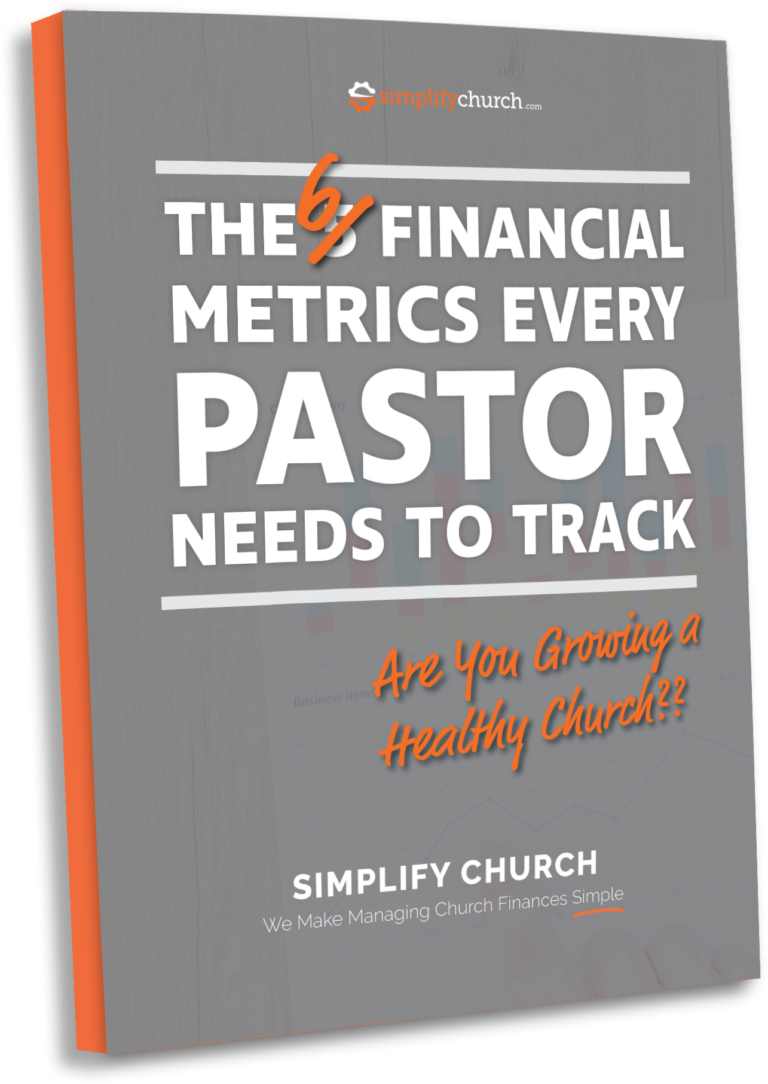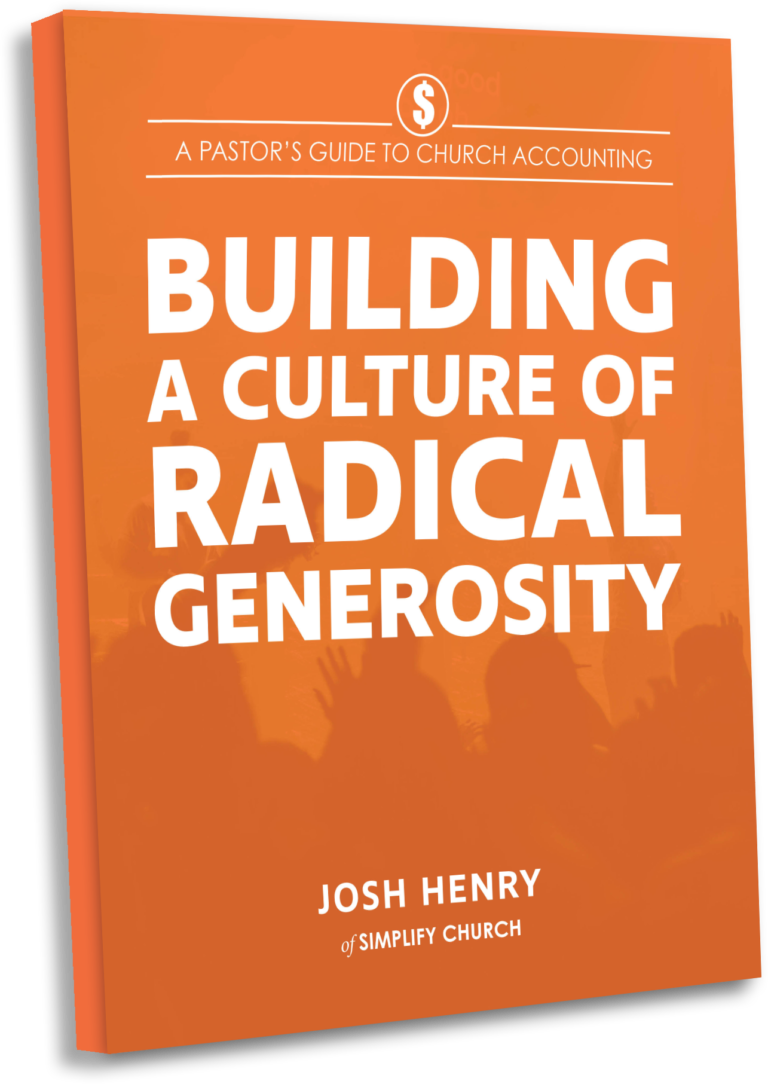For many church leaders, the thought of building out a church budget can feel overwhelming. Maybe your church doesn’t currently have a budget. Perhaps you’re preparing to launch a new church plant or build a new building. Or maybe you just aren’t confident that your current church budget is working for you.
The good news is that building a church budget doesn’t have to be complicated. A budget is nothing more than a guide: A roadmap to how the church will allocate the resources they have been entrusted with in the upcoming year. In the next few minutes, I’ll walk you through the basics of building a church budget.
Why your church needs a budget
Once you learn how to create and maintain a budget that works for your church, you’ll discover that it’s an indespensible part of your ministry.
Don’t believe me? Here are a few things a well-defined budget can do for your church:
- Answer questions about the mission and vision of your church
- Set clear direction on how money will be spent and where the priorities of the church reside
- Provide a filter for making spending decisions that may come up throughout the year
- Offer a measure and benchmark to track the financial health of the organization
- Set a standard to reflect and review throughout the year to make future ministry decisions
Getting started: Types of budgets
Most churches build a budget in one of two ways:
- Zero-based budgeting – What goes in, goes out
With this concept, you plan to spend everything you receive. Developing a budget is as simple as making an income projection, and then making a plan to spend the money that is received.
- P&L Budgeting – Plan to lose or plan to gain
Since we’re talking about churches, we can’t really talk in the true business sense of “profit and loss.” However, we can talk about planning for a loss or planning for a gain in a given year. Just because a church balance statement shows an excess (profit) at the end of the year, doesn’t mean the church is no longer a non-profit entity.
Note: The danger with P&L budgeting is planning for a loss without a plan to cover. You can lose money on paper and still have cash flow. You might have money in reserves, investments, etc. However, you should always be aware of how much you are spending. Remember, a budget is NOT the same thing as a balance sheet.
Budgeting basics: Income
The easiest way to start building your budget is to look at projected income. What sources are bringing you money? This includes tithes and offerings, but it could also interest, investments, facility rentals, dues, donations, etc. Once you’ve determined all your income sources, set a projected amount for each source.
Are you on a growth track? If your organization has been around for a few years, hopefully you have some historical data to look at. Is your income trending up, down or staying stagnant?
PRO TIP: If you haven’t jumped on board with mobile giving, now is the time. This is by far the easiest way to increase your income. According to Nonprofitssource (2018), “Churches that accept tithing online increase overall donations by 32%”
Budgeting basics: Expenses
Now that you’ve projected your income for the year, let’s look at common expenses. As I stated earlier, a budget can be as simple or as complicated as you want to make it. As your ministry develops and grows, the number of expense categories will also grow.
Especially if you’re just starting out, it can be helpful to think about things in terms of “buckets.” What is the mission of your church? How can that mission be broken out into broad categories or “expense buckets”?
For this simple exercise, let’s start with three “buckets”:
GROW (Inside Church)
- Ministries (children, youth, adults, worship, etc.)
GO (Outside Church)
- Local Outreach (evangelism, events, etc.)
- Missions
OPERATIONS
- Personnel (salaries, benefits, etc.)
- Administration (operating expenses)
- Facilities and Equipment (maintenance, utilities, insurance, etc.)
Once you’ve established your categories, do your best to fill in projected expenses. Again, any historical date you have will help a ton here.
Now what?
Now compare your projected income with your projected expenses. Do they match? Are there categories that need to be adjusted?
Now ask yourself the following questions:
- Does the budget reflect the church’s priorities?
- Are there areas where spending needs to be increased? Decreased?
- How does this budget align with the church’s growth goals?
Use these questions as a guide to make any necessary adjustments to your budget.
Ask for help when you need it
This is building a church budget in a nutshell. You can absolutely do it. But there are ways to maximize the effectiveness of your budget to help you grow a healthy church. And if budgeting isn’t you’re thing, it’s okay to ask for help.
Here are a few ways to get the help you need:
- Download our free 10-step Church Budgeting Checklist. Whether you’re putting together a budget for the first time, or simply looking to improve your budget, this will give you prompts to think through as you create your budget.
- If church finances aren’t you’re thing, we’re here to help. Our done-for-you church bookkeeping service will take away the guesswork and overwhelm out of managing your church finances properly. Get accurate monthly reports delivered straight to your inbox and peace of mind that you’re not making a costly financial mistake. Schedule a free demo today!



